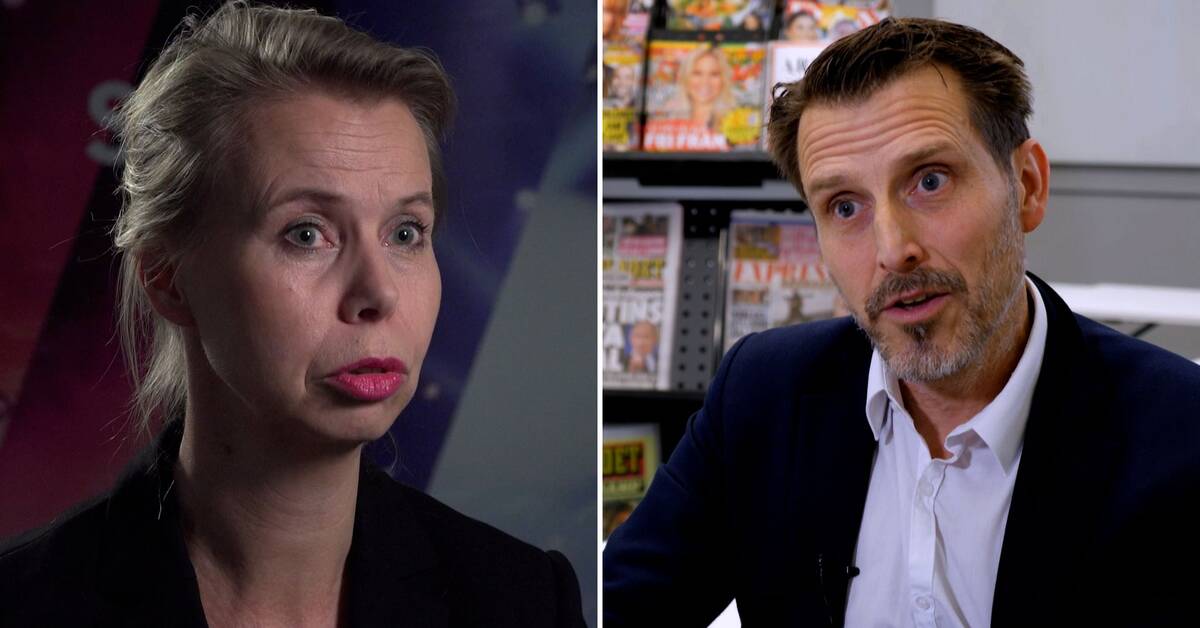Now the politicians are discussing what the public service companies' mission should look like in the period 2026 – 2033, a broadcasting license that will be decided in 2025. The industry organization Tidningsutgivarna (TU) wants to see a directive for how many – or how long – news texts SVT should be allowed to have on its site.
TU has had 5,921 articles examined over the past twelve months and concluded that 32 percent of the articles lack video, and only consist of a news text.
- Every third article published on svt.se consists of text only.
The problem and the core question is: should a state-funded television company, instead of making television, make an online magazine?
We don't think so, says Johan Taubert, CEO of Tidningsudgivarna.
"Everyone pays for SVT"
But Anne Lagercrantz, division manager at SVT believes that public service has an obligation to meet the audience where it is and that text is often necessary for, for example, the hearing and sight impaired.
- Everyone pays for SVT and many are now opting out of news on scheduled TV.
In order to reach young people, we need to do it digitally and with a multimedia service, she says.
Can take the question further
If there is no letter from the politicians, TU intends to take the issue further to the EU, which recently regulated Finnish YLE's ability to publish written news articles on its website.
Something that Kulturnyheterna previously reported that the organization threatened with.
Earlier this year, the Finnish parliament approved the so-called YLE Act, which stipulates that YLE's web articles must mainly be linked to video and audio content.
is not worried that SVT's text production will be legislated away.
- I am confident that SVT is Europe's leader when it comes to video development and that we would be able to fulfill the requirements set, for example, in the YLE Act, she says.

